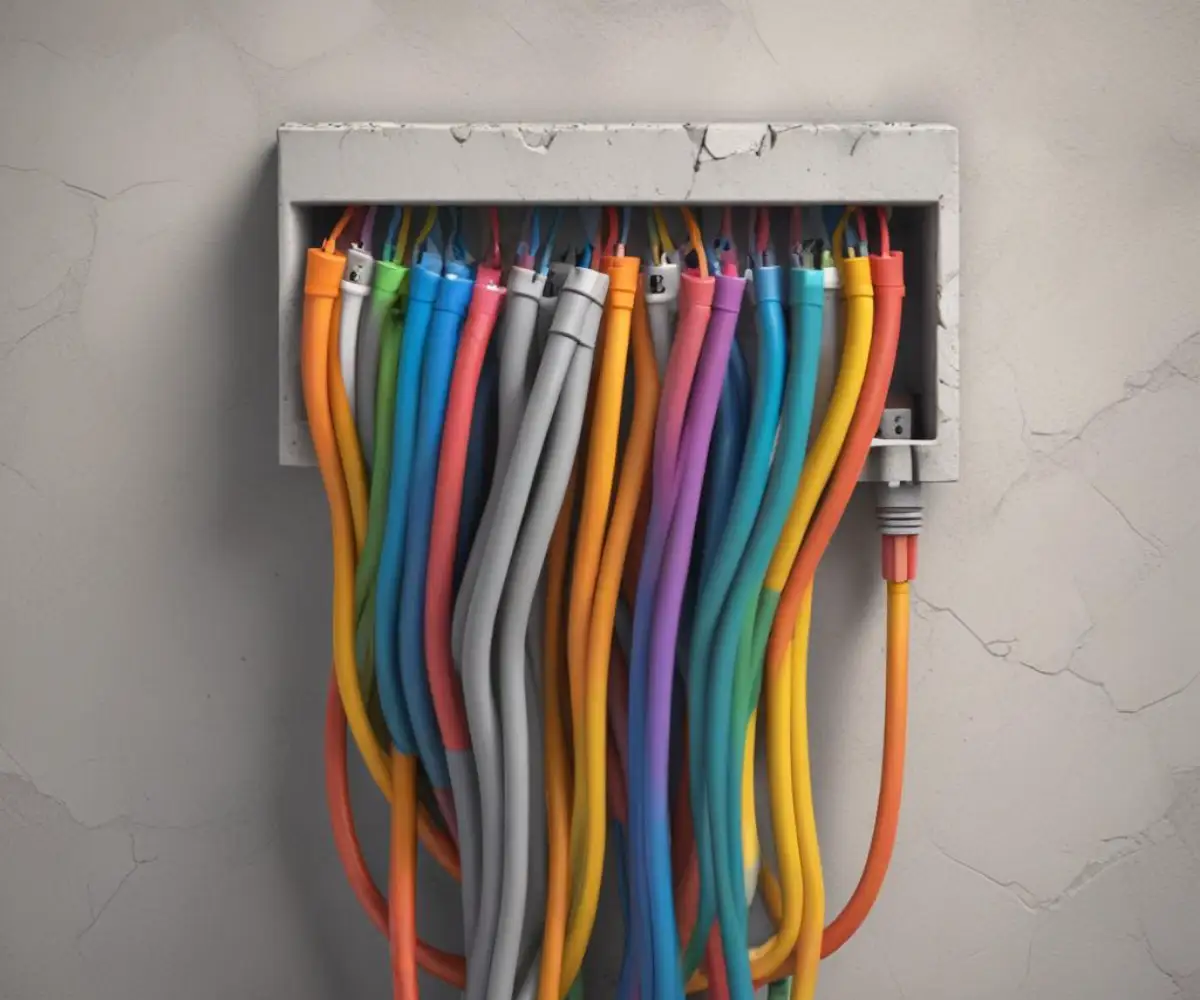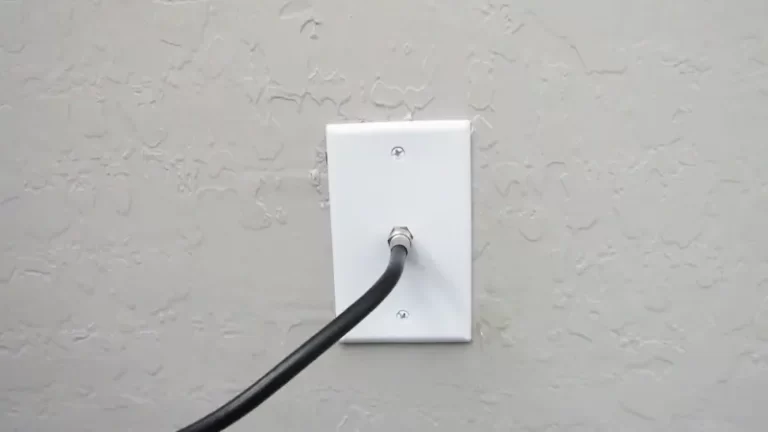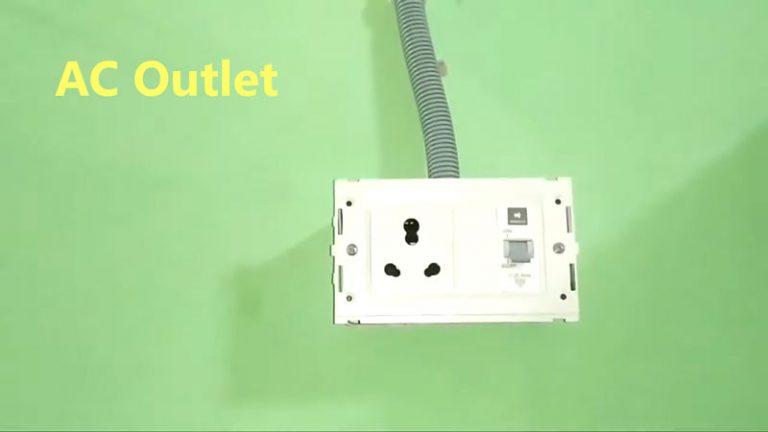Low Voltage Wiring Permit: Stop Before You DIY! Here’s the Truth
You’re planning a simple weekend project. Maybe installing some sleek landscape lighting, setting up a new security camera system, or finally moving that pesky doorbell. It’s low voltage, so it’s perfectly safe, right? You probably don’t need a permit for something so minor. This common assumption can be a costly mistake.
Many homeowners dive into low-voltage projects believing they are free from the regulations that govern standard electrical work. The reality is far more complex and can lead to significant fines, failed inspections, and even denied insurance claims. Understanding the rules is not just about compliance; it’s about protecting your home and your investment.
You'll Learn About
What Exactly Is Low Voltage Wiring? Unpacking the Definition
Before we can talk about permits, it’s crucial to understand what “low voltage” actually means. In the world of electrical codes, there isn’t one single universal definition, but there is a generally accepted range. It’s this gray area that often creates confusion for homeowners and DIY enthusiasts.
Typically, low voltage systems are defined as those operating at 50 volts or less. Some jurisdictions may push this definition to 30 volts or even 60 volts, but 50 is a common benchmark. These systems use a transformer to step down the standard 120-volt household current to a much lower, safer level.
Common Examples of Low Voltage Systems in Your Home
You likely have dozens of low voltage systems in your home without even realizing it. These systems are designed for communication, data, security, and specialty lighting. They are the backbone of modern smart homes and outdoor living spaces.
Familiar examples include:
- Landscape Lighting: The beautiful path lights and uplighting in your garden typically run on 12-volt systems.
- Doorbells and Chimes: That simple doorbell you want to relocate is a classic low-voltage circuit. If you’re tackling this project, understanding the specifics of how to move doorbell wiring is just the first step; checking permit needs is the second.
- Thermostat Wiring: The wires running from your furnace to your thermostat are low voltage, controlling when your HVAC system kicks on and off.
- Security Systems: This includes alarms, sensors, and security cameras (both wired and wireless systems often have a wired power component).
- Data and Communication: Ethernet cables for your home network, telephone lines, and speaker wires for a home theater system all fall under the low-voltage umbrella.
- LED Accent Lighting: Under-cabinet strips and other forms of dimmable LED lighting often use low-voltage transformers. Proper setup is key, especially for complex systems like 0-10V dimming for multiple fixtures.
The Permit Puzzle: Why Do You Even Need One for Low Voltage?
The core question remains: if the voltage is so low that it’s unlikely to cause a serious electric shock, why is a permit ever required? The answer lies not in the shock risk to people, but in the fire risk to your property. Safety is the primary driver behind all building codes.
Improperly installed low-voltage wiring can still overheat, short-circuit, and ignite surrounding materials like insulation or wood framing. A licensed electrician or a knowledgeable homeowner following code ensures that the right type of wire is used, connections are secure, and the system is not overloaded. A permit triggers an inspection, which is a second set of professional eyes to verify the work was done safely and correctly.

When a Permit is Almost Always Required
While rules vary significantly by location, there are several scenarios where you should assume a permit is necessary for low-voltage work. These situations often involve connections to your main electrical system or installations that run through structural components of your home.
Running wires through walls, ceilings, or floors is a major trigger. The moment you conceal wiring behind drywall or run it through framing, most municipalities will require a permit and inspection. This ensures the wire is properly rated for in-wall use (e.g., CL2 or CL3 rated) and installed in a way that prevents future fire hazards.
Another critical factor is the power source. While the wires carrying 12 volts to your landscape lights are low voltage, the transformer that powers them plugs into a 120-volt outlet. If your project involves installing a new 120-volt outlet for that transformer, you absolutely need a permit for the high-voltage portion of the work.
When You Might Not Need a Permit
Conversely, there are many simple low-voltage installations that typically fall outside of permit requirements. These are usually projects where the wiring is not concealed and the power source is a simple plug-in transformer. Think of it as “plug and play.”
Examples of projects that often do not require a permit include:
- Setting up a surround sound system where speaker wires are run along baseboards.
- Plugging in a pre-packaged security camera system.
- Installing under-cabinet LED strip lighting that is powered by a plug-in adapter.
- Replacing a thermostat with a new model using the existing wiring.
The key distinction is that you are not altering the home’s permanent structure or its primary electrical system. You are simply plugging a device into an existing power source.
The Local Authority: Your City or County Holds the Final Say
This cannot be stressed enough: all permit regulations are local. The National Electrical Code (NEC) provides a model framework, but it’s your local building department that adopts and amends these codes. What is exempt in one town could require a full permit and inspection in the neighboring one.
Never rely on a blog post, a YouTube video, or a friend’s advice about whether you need a permit. These sources don’t know your local laws. The only way to get a definitive answer is to check directly with the authority having jurisdiction (AHJ).
How to Find Your Local Requirements
Finding the correct information is easier than you might think. Your first step should always be to visit the website for your city or county’s Building Department, Department of Planning, or Permit Office. Look for a section on electrical permits or homeowner exemptions.
Many departments have specific documents that list work exempt from permits. These are often invaluable resources. If you cannot find the information online, make a phone call. A quick conversation with a permit clerk can save you countless hours of worry and potential trouble down the road. Be prepared to describe your project clearly and concisely.
Decoding the Rules: A Quick Reference Table
To help illustrate how these rules are often applied, we’ve created a table outlining common low-voltage projects and their typical permit status. Remember, this is a general guide, and you must verify with your local authority.
| Project Type | Typical Voltage | Permit Usually Required? | Key Considerations |
|---|---|---|---|
| Hardwired Security Cameras (wires in walls) | 12V – 24V | Yes | In-wall wiring and connection to a central power supply often trigger permit requirements. |
| Landscape Lighting (new 120V outlet for transformer) | 12V | Yes | The permit is for the new 120V circuit, not the low-voltage lights themselves. |
| Moving a Doorbell (using existing transformer) | 16V – 24V | Maybe | If you have to cut into drywall to move the wires, a permit is more likely to be required. |
| Installing Ethernet Cabling (in walls) | ~5V | Often Yes | Running any type of wire through walls, floors, or ceilings typically requires a permit. |
| Plug-in Under-Cabinet LED Lighting | 12V – 24V | No | Considered a plug-in appliance; no modification to the home’s permanent wiring. |
| Installing a Smart Thermostat (using existing wires) | 24V | No | This is a simple device swap and doesn’t involve running new wires. |
The Hidden Dangers of Unpermitted Work
Deciding to skip a permit might seem like a way to save time and money. However, the potential consequences can be severe and far-reaching, extending beyond a simple fine. You could be putting your home and your financial future at risk.
Failed Inspections and Costly Rework
If you perform unpermitted work and try to sell your home later, it can be a major red flag for a home inspector. A buyer may demand that the work be properly permitted and inspected before the sale can close. This could force you to open up walls to expose the wiring for inspection, a messy and expensive process.
If the inspector finds that the work was not done to code, you will be required to tear it out and have it redone correctly by a licensed professional. What started as a small DIY project can quickly balloon into a multi-thousand-dollar repair bill.
The Insurance Nightmare: A Denied Claim
This is the most significant and often overlooked risk. Let’s say you install a low-voltage system without a required permit. A year later, a fire starts due to faulty wiring in that system. When you file a claim with your homeowner’s insurance, the investigation may uncover the unpermitted work.
Your insurance company could legally deny your entire claim because the unpermitted work constitutes a material change to the property that they were not aware of. This could leave you responsible for the full cost of repairing or rebuilding your home after a devastating fire.
Liability and Safety Concerns
Finally, there is the issue of safety. Building codes exist for a reason: to protect you and your family. Even low-voltage systems can create hazards if installed incorrectly. A permit and inspection process ensures that the installation meets a minimum safety standard.
If unpermitted work you performed causes an injury to someone or damages a neighbor’s property, you could be held personally liable. The legal and financial ramifications could be catastrophic.
The Smart Approach: Due Diligence and Professional Help
Navigating the world of permits doesn’t have to be intimidating. By taking a methodical approach, you can ensure your project is safe, compliant, and adds value to your home. It’s about working smarter, not harder.
Step 1: Define Your Project Scope
Write down exactly what you plan to do. Will you be running wires inside walls? Are you adding a new 120-volt outlet? Will the system be hardwired or plug-in? Having a clear plan will make it much easier to get a straight answer from your local building department.
Step 2: Contact Your Local Building Department
This is the most critical step. Reach out via their website or a phone call. Ask a simple question: “I am planning to install [your project here]. Can you tell me if this work requires an electrical permit?” They are the ultimate authority and will provide the correct answer for your specific location.
Step 3: Consider Hiring a Professional
If your project does require a permit, it is often best to hire a licensed electrician. They understand the local codes inside and out and will handle the entire permitting and inspection process for you. While it costs more upfront, the peace of mind and guarantee of a safe, compliant installation are invaluable.
An experienced electrician can also foresee potential issues you might not, ensuring the project goes smoothly from start to finish. They carry their own liability insurance, further protecting you from risk. Don’t gamble with your home’s safety to save a few dollars.


